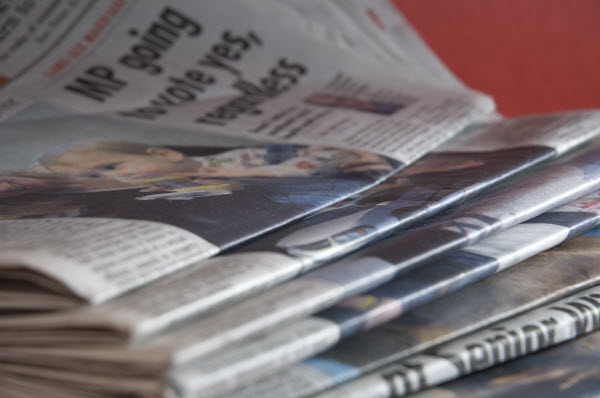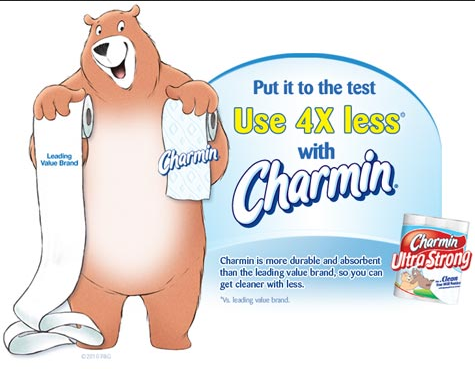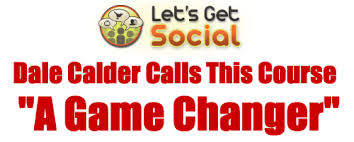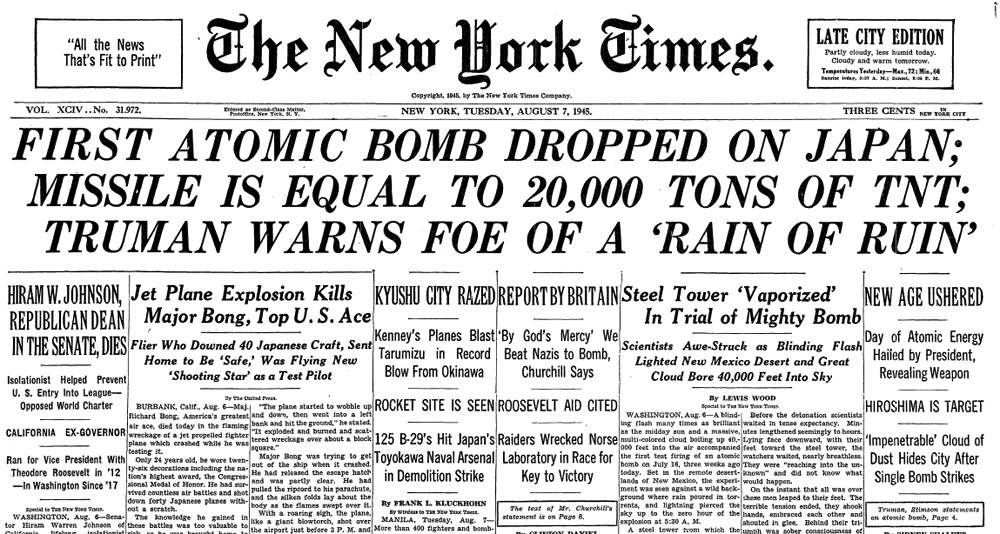Do You Know the 10 Secrets of High Converting Headlines?

If you were to look for a way to increase the conversion rates that you get from your website without putting in a lot of extra time to do it, one of the best ways to get the most bang for your buck would be to improve your headlines.
I’ve written about this in passing in the past but it’s time to do a post exclusively about making headlines that pop because this is one of the most important skills you can master for online marketing and yes, SEO. The fact is that writing good headlines is an art form. The headlines need to be short enough to be read in a second or two but descriptive enough to grab people’s attention when they see it.
A good example of this was when I was interviewed for a job a few years back and I mentioned that as a professional writer; I estimated (at the time) that I’d written something close to a million words in my career. By now, it’s probably closer to a million and a half since I charge much more for my work now than I first did so that I don’t need to write the equivalent of a full length novel each month to make a living.
Anyway, I was asked on the spot to come up with a headline that would capture this idea. I thought for just a few moments and said, “A Million Words.” No, that doesn’t describe what my article would be about. However, it captures the imagination, makes people curious – what about a million words? Why is this important? In other words, headlines are not meant to convey an entire idea. They’re meant to entice someone to read the rest of your copy.
Here are ten ways to make your headlines pop and to get people excited about reading the rest of what you have to say.
A Headline about More Headlines
This is a play on words. This article is indeed about headlines and so the headline above is about, well, headlines. However, by the above subheading, I refer to lists. For whatever reason, people love lists and they seem to resonate very well with an online audience. Perhaps it’s because lists allow your customers to quickly glance through, see your subheadings and then only look at what they like.
Either way, making a headline which promises a list of subheadlines is a good way to grab people’s attention (hey, it must have worked – you’re reading this article, right?). Of course, there are lists and there are lists. Personally, I’ve never been a big fan of the lists that just have one line explaining them. I like to be able to see additional content to sink my teeth into if I find an idea interesting.
Also, I’ve found that certain numbers work best for lists. For some reason, odd numbers seem to be popular – 3 ways to do this, 5 ways to do this, etc. However, the other thing that’s popular is 10 or multiples of 10, especially when you get past the number 9. I don’t really know why this is but it’s true. Oddly though, I do find that the 25 multiple is also popular.
However, for some reason, people don’t like 100 as a number for a list. Lists seem to be more popular when they go to 101. I guess it’s because 100 feels like a “full” number to us and when we say 101, we’re going beyond the full measure so to speak. Either way, this is powerful stuff and ideally should be used for building your list based articles.
Speaking of Subheadings…
Regardless of whether or not you use the list technique when creating your initial headline, subheadings are a vitally important part of building your article and getting your customer’s attention to be focused on whatever it is that you have for sale. The reason is simple: we live in the age of sound bites and Twitter.
People today by and large are not great readers. This means that I know that the vast majority of you out there will never read all 2,000+ words of this article. I know – it’s a really long article which is intended to convey a great deal of information. However, I do know that you are likely at least skimming the article and picking out a few good and useful nuggets of information from it here and there.
You can do this because I’ve included subheadings throughout this article and indeed, I do this with every article I write. It simply makes sense because most people reading online tend to skim rather than reading a long form article (personally, I think it’s a shame that the art of reading seems to be dying but that’s a rant for another day). Do yourself a favor then and never, ever ignore your subheadings.
Be Useful
I’ve said this time and time again and it’s still true today. Nobody cares even a little bit about how wonderful you think you are. It doesn’t matter to them. All they care about is how much you can help them with a problem. As an online marketer, you my friend are in the solution selling business. This means that your headlines need to purport to sell a solution to your customers.
Think about it – I could write an article with the headline: Sophisticated Word Processor with Lots of Functions and it would probably get a few looks, mostly from people like me, who are tech geeks and who like to see such things. However, the average person is going to give it a pass because you haven’t solved a problem for them.
Consider the very same article but now I’ve titled it, “Get More Done in Less Time with Sophisticated New Word Processor.” I’ve told you the same thing basically – it’s a sophisticated new word processor which can potentially help you with lots of cool features. However, I’ve now solved a problem for you. Your problem is how to do more in less time (isn’t that everyone’s problem after all? Unless of course you are a member of Congress, in which case it seems your job is to do as little as possible while wasting as much time as possible).

Here’s a great example of a “be useful” headline. it combines a list with useful ideas which everyone is likely to appreciate.
You could even combine this with the list idea above to make your headline into: 5 Ways to Get More Done in Less Time with New Word Processor. Same ideas but now I’m enticing you both with a solution and with a list.
Give Your Customers an Out
I’ve written in the past about how important it is to have a money back guarantee included with your products. The vast majority of your customers will never bother to use it but they like to know it’s there. It’s a psychological thing which is basically intended to ensure that you never have to worry about being taken for a sucker, even though you are unlikely to use it.
However, even better than offering your customers an out somewhere in your copy is offering them an out somewhere in your headline. Again, your job with a headline is to entice your customers to read more, not to answer all their questions.
Don’t Be a Jerk
Back in the early days of the Internet, SEO was still in its infancy and really didn’t know a whole heck of a lot about the sophisticated techniques we have to use today in order to get ranked. Instead, people would just base their ability to get ranked on the keywords they’d stuff into their meta tags. Today, the keyword meta tag is largely ignored.
The reason the keyword tag fell into disuse is that unscrupulous people, especially porn site operators, were trying to use these things to build an audience for their stuff even though the people visiting did so under false pretenses. In essence, they’d stuff their keyword tags with common search terms such as office supplies in the hope of enticing a few people to drop in and look at the porn even though they hadn’t been searching for it.
Today, those techniques don’t work very well. However, it is still possible to be somewhat sophisticated about getting customers to look at your content even if what you wrote about isn’t really what you claimed. You can do this with a misleading headline. The catch is of course that while your headline may grab some additional eyeballs, it will hurt you in the long run because people are that much less likely to trust what you have to say when they see you deceived them.
Compare Yourself to the Competition
Ever notice how various paper towel companies often compare themselves to the “leading brand” of paper towels and show you how their stuff is capable of picking up 50% more liquid than the competition? There’s a reason for their doing this – competition sells products. People may already know the brand that’s well known and so by creating a comparison with that brand, you can then set yourself apart.

For example, you might create a headline which says something like, 5 Reasons You’ll Get More Done with Our Word Processor as Opposed to MS Word. This uses several different headline techniques including the list technique, solving a problem and creating a comparison with something most people already know about. Of course, you do need to justify your comparison or you’ll run the risk of hurting sales instead of helping them.
“The Best SEO Service I’ve Ever Tried, Bar None”
The above could easily be a headline for our very own services here at Quantum SEO Labs. It’s basically just an example of a testimonial one of our customers may have given us (to be honest, I don’t know for sure since I don’t handle that side of things here but I would assume Yasir has gotten a few such kind e-mails in the past).

The reason it works as a headline is because it’s a testimonial and it’s something that makes the point without the customer feeling as if he or she is simply being asked to believe you without getting an proof of it.
After all, it’s a testimonial and presumably, you can quote a customer of yours who has said this as the first line of your copy. For that matter, you can even make the name of the person who gave the testimonial part of your headline by putting their name right below it in smaller letters.
Create a Series of Headlines
No, this is not another way of saying that you should have subheadings in your articles. Instead, this is basically a way to create a series of articles which are linked to each other rather than simply being stand-alone articles. In essence, the idea here is to use the other ideas I mentioned above and use them for a series of related articles. This allows you to keep your customers on your site longer, thereby helping you to gain additional sales.
The way this works is to create an initial headline which functions to grab people’s attention and then to have another headline which comes at the end saying, “Next…” It’s kind of like where your blog has (or at least should have) a related posts plugin but done where it’s not just related but the articles actually are meant to be read in sequence.
Challenge Your Customers
This one is really tricky to pull off but it actually works really well if you use it correctly. In essence, the idea is to play on people’s curiosity about something, thereby getting them to want to read further. The headline I used above is an example of this, where I tell you about the 10 secrets of high converting headlines.
By the way, if you phrase this is as a question instead of simply stating what it will be, you may well grab additional readers. Which is why my headline reads, “Do You Know the 10 Secrets of High Converting Headlines?” This should theoretically grab additional eyeballs for this article because it challenges your customers to see if they do indeed know what these things are.
Size Matters
Finally, when crafting headlines, keep them short and snappy. I know that some people think they need to convey a whole lot of information in their headlines but frankly, less really is more when creating a headline. You want to make your headline something that literally takes no more than a second or two to read and understand. If it takes too long to read or understand, you’ve just lost a significant portion of your audience, who have since moved on to read something else.

You aren’t writing a New York Times headline so you don’t need to be super descriptive when you write it. Keep it short and simple.
Also, as I’ve pointed out in the past, 70 characters including spaces should be the absolute limit for your headlines because that’s how much space Google will give you to get your point across in its search results. Anything more and you end up with ellipses, which is pretty much never a good thing in a headline.
The one exception to that rule is when you are putting up a quote, especially a famous quote as your headline. In those cases, you can use an ellipses as part of the headline but don’t do it too often because it can be a bit trite (after all, there are only so many times that you’d respond to a headline which says “All good things…”).

